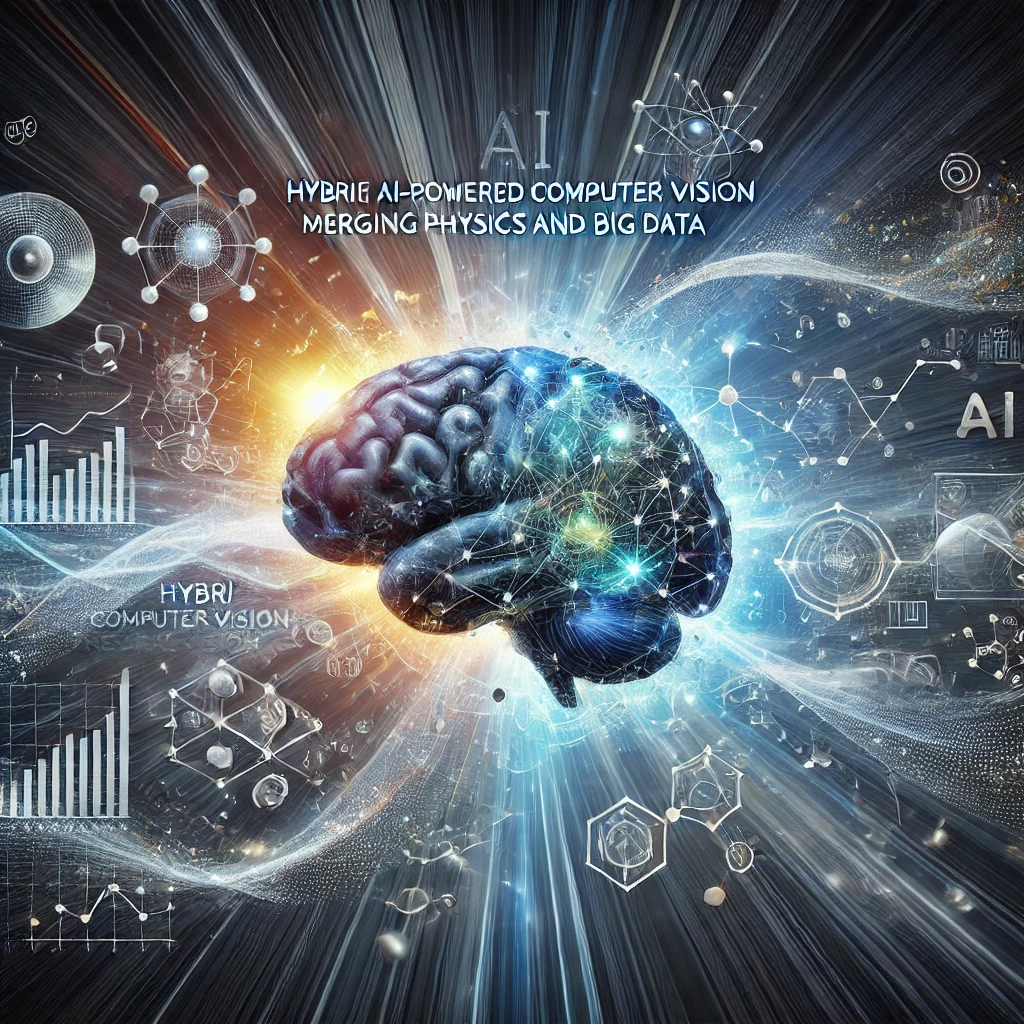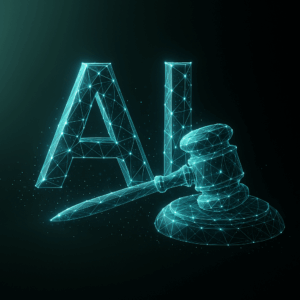
In recent years, the field of computer vision has witnessed groundbreaking advancements, with hybrid AI-powered models leading the charge. These models are not just relying on traditional data inputs; they are now merging the strengths of physics-based principles with the vast potential of big data. This unique combination is opening up new avenues for more accurate and efficient image recognition, object detection, and beyond. In this article, we’ll explore how hybrid AI-powered computer vision is revolutionizing the industry by seamlessly integrating physics and big data.
What is Hybrid AI-Powered Computer Vision?
Hybrid AI-powered computer vision refers to the integration of artificial intelligence (AI) models with physics-based approaches to enhance the accuracy and reliability of visual data interpretation. Traditional computer vision models primarily rely on large datasets to learn and make predictions. However, by incorporating physics into the equation, these models can better understand the physical properties of objects, such as light reflection, shadow formation, and object dynamics, leading to more precise and contextually aware outcomes.
The Role of Physics in Computer Vision
Physics-based models in computer vision simulate how objects interact with their environment, including light and shadows. This allows AI systems to make better inferences, particularly in challenging conditions where data might be scarce or noisy. For example, in autonomous driving, understanding how light affects the perception of an object can prevent misinterpretations caused by glare or reflections. By embedding these physical laws into AI models, we can achieve a higher level of robustness and accuracy.
The Power of Big Data
On the other hand, big data plays a crucial role in the success of AI-powered computer vision. With access to vast amounts of visual data, AI models can learn from a diverse set of scenarios, improving their ability to generalize across different contexts. Big data enables the training of models that can recognize patterns, objects, and actions with high precision. When combined with physics-based insights, this data-driven approach creates a synergistic effect, enhancing the overall performance of computer vision systems.
Applications of Hybrid AI-Powered Computer Vision
-
Autonomous Vehicles:
Hybrid AI-powered computer vision is crucial in improving the safety and reliability of self-driving cars. By combining physics and big data, these systems can better interpret complex driving scenarios, such as distinguishing between real objects and optical illusions caused by lighting conditions. -
Medical Imaging:
In healthcare, hybrid models are revolutionizing medical imaging by improving the accuracy of diagnoses. By understanding the physical properties of tissues and combining this with extensive medical image databases, AI systems can detect anomalies with greater precision, leading to earlier and more accurate diagnoses. -
Industrial Automation:
Hybrid AI-powered computer vision is transforming industries by enhancing the accuracy of quality control processes. By applying physics-based rules, these systems can detect defects that might be missed by traditional methods, ensuring higher product quality. -
Environmental Monitoring:
In environmental sciences, hybrid AI models are used to analyze satellite imagery for climate change monitoring. By integrating physics-based models of atmospheric conditions with large datasets, these systems can more accurately predict environmental changes.
Challenges and Future Directions
While hybrid AI-powered computer vision offers immense potential, it is not without challenges. Integrating physics-based models with big data requires significant computational resources and expertise in both domains. Moreover, ensuring the interpretability of these complex models remains a key area of research.
Looking ahead, the continued development of hybrid AI-powered computer vision will likely focus on optimizing computational efficiency and improving the integration of domain-specific physics models. As these challenges are addressed, we can expect to see even more innovative applications across various sectors.
Hybrid AI-powered computer vision represents a significant leap forward in the field, merging the best of both physics and big data. By combining these approaches, we can achieve more accurate, reliable, and context-aware computer vision systems. As this technology continues to evolve, it will undoubtedly play a critical role in shaping the future of industries ranging from healthcare to autonomous driving and beyond.


